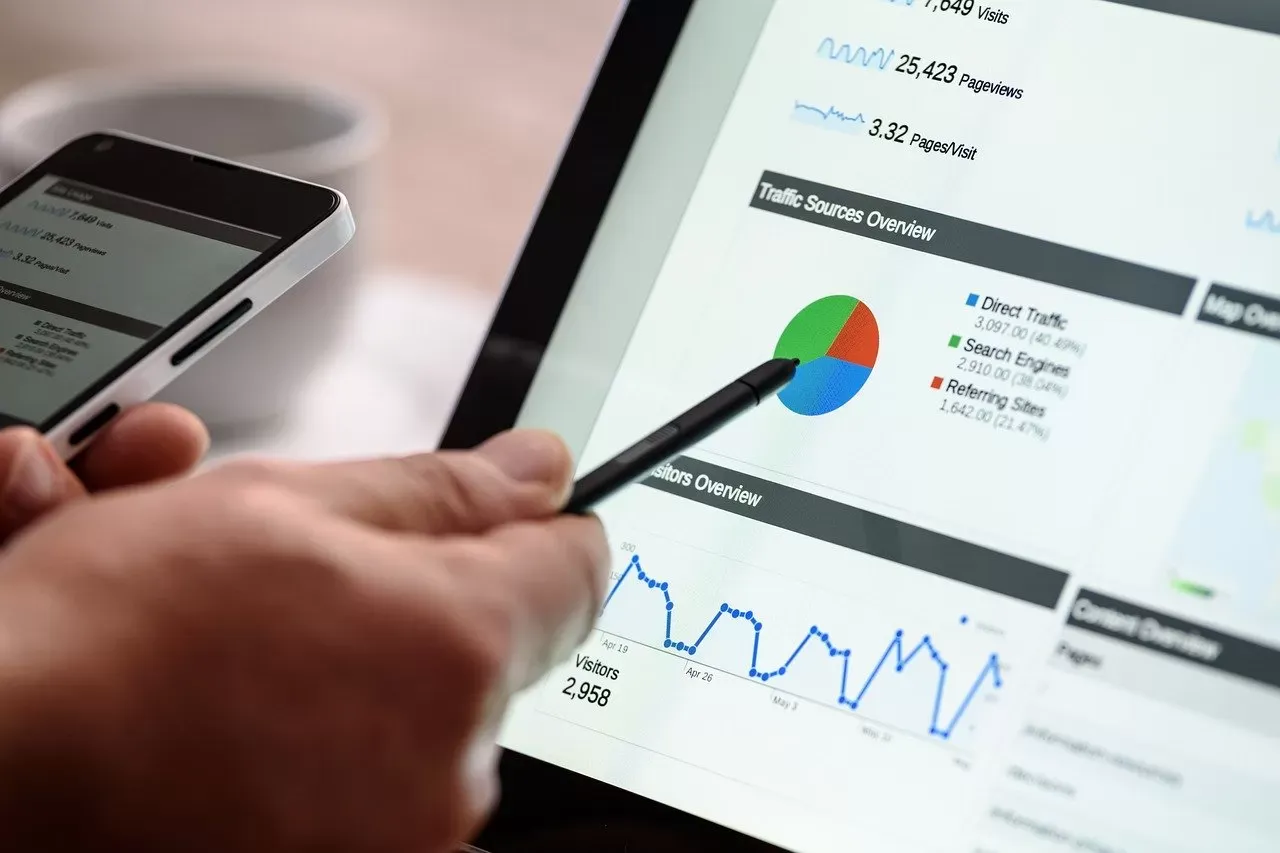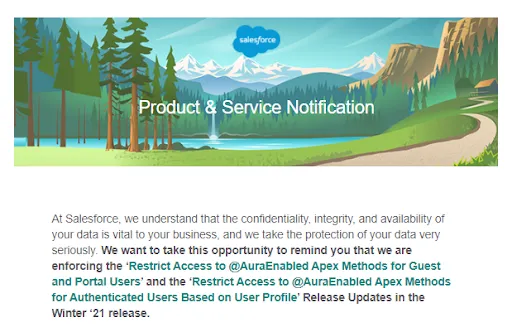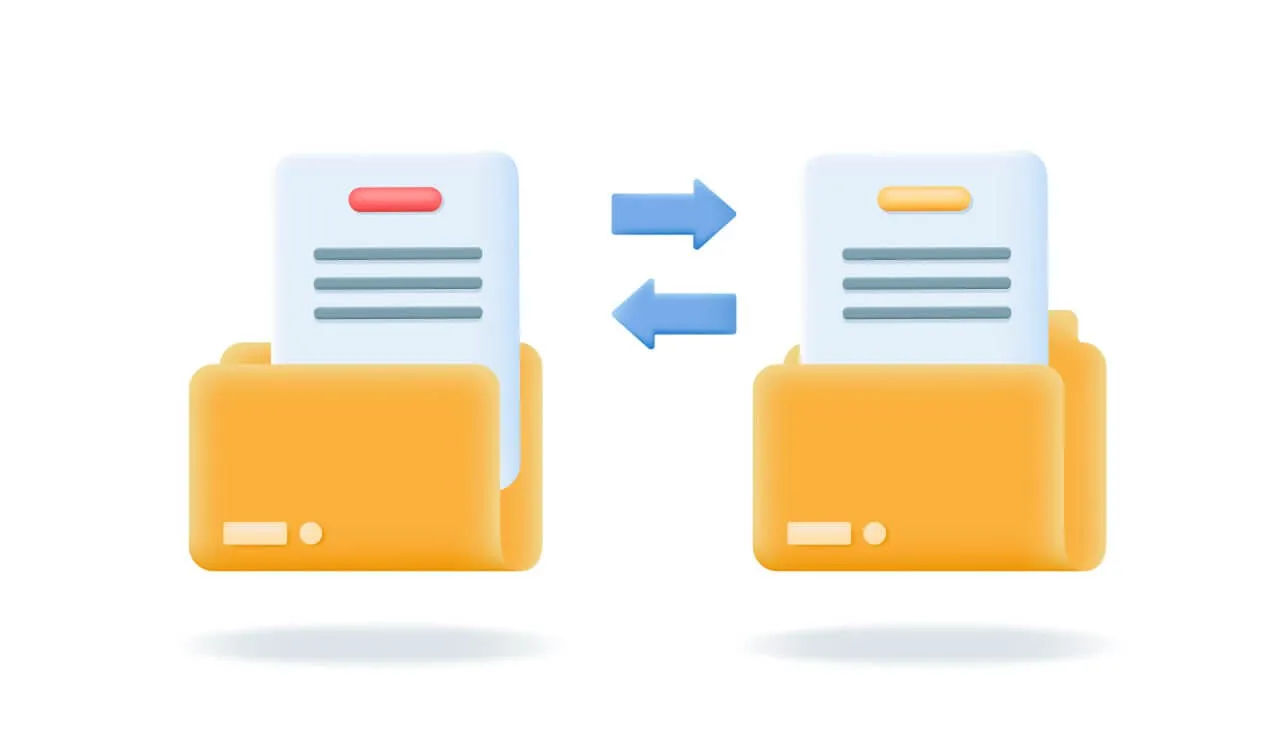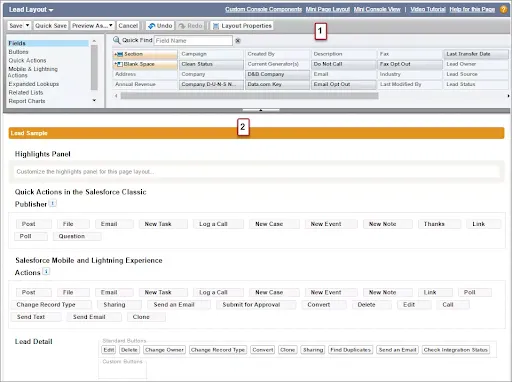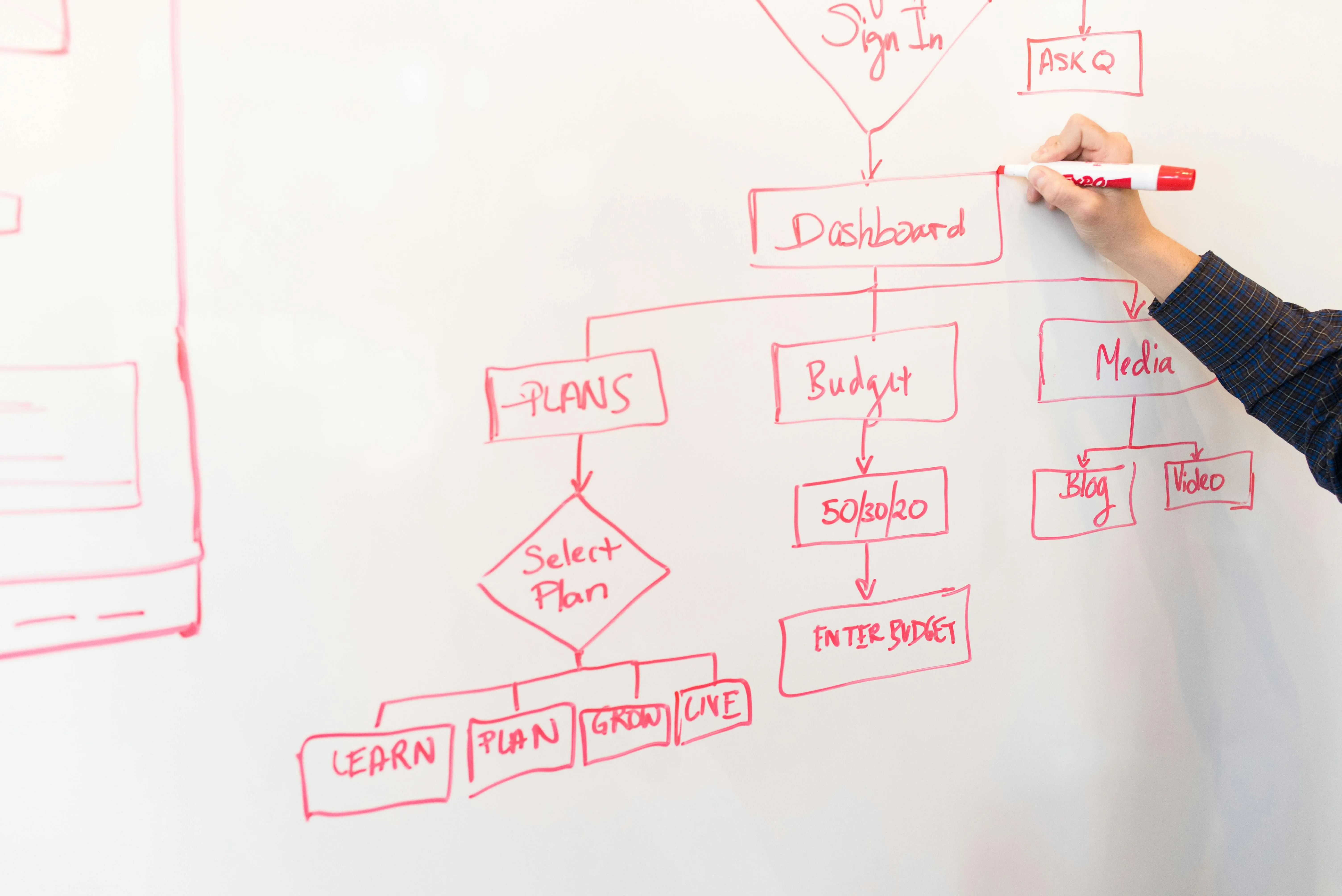Grow Revenue Faster: Run Account-Based Campaigns from Salesforce and Measure LTV Lift
Running account-based campaigns directly from Salesforce, and measuring their impact on customer lifetime value (LTV), converts marketing activity into predictable revenue. This article explains a practical, measurable approach—segment accounts by propensity, run coordinated multi-channel plays from Salesforce, and instrument LTV attribution—so leadership can see revenue and retention improvements within two quarters.

Introduction
Account-based campaigns executed from Salesforce eliminate data silos and create a single source of truth for both engagement and revenue attribution. When teams place LTV at the center of measurement, they shift focus from vanity metrics to durable customer value—improving deal qualification, optimizing channel spend, and prioritizing retention. This approach requires three disciplines: precise account segmentation, coordinated multi-channel activation (email, ads, SDR outreach), and end-to-end attribution that ties campaigns to cohort LTV over time.
Case in point
A mid-market B2B software vendor with $12M ARR implemented an ABM program inside Salesforce to accelerate cross-sell and shorten close times. Phase 1 (weeks 0–4) identified 600 existing accounts with >$50k ARR and propensity scores above 0.7 using a combination of intent signals and CRM activity. Sales and marketing built three plays: (1) an executive email + SDR touch sequence for top 60 accounts, (2) a product webinar plus targeted ad retargeting for next 240 accounts, and (3) an automated nurture track for the remaining 300 accounts.
Phase 2 (weeks 5–16) ran campaigns orchestrated by Salesforce Pardot (or Marketing Cloud) with journey rules that updated opportunity stages and account tags in real time. SDRs received prioritized call lists inside Salesforce and logged outcomes to triggers, which adjusted ad creative and email cadences automatically. The company measured short-term conversion (SQL rate) and medium-term LTV by cohort: accounts exposed to all three plays had a 26% higher 6-month revenue per account and a 12% shorter median sales cycle compared with control accounts.
Phase 3 (months 4–9) expanded measurement to include retention: cohorts that received the ABM plays showed a 9–14% higher 12-month gross margin contribution attributable to improved upsell velocity and higher average contract value. The program’s total marketing and SDR investment paid back within two quarters on attributable net-new and expansion revenue, with LTV lift measured as a 10–18% increase for targeted cohorts.
What to implement / Recommendations
- Define high-value account segments in Salesforce using clear revenue thresholds, technographic/intent signals, and recent activity fields.
- Build playbooks in Salesforce that trigger multi-channel actions (email, ads, tasks) and update account-level fields automatically.
- Instrument cohort-based LTV tracking in Salesforce by tagging accounts at campaign entry and capturing revenue over 6, 12, and 24 months.
- Use control groups (5–10% of similar accounts) to measure incremental lift and avoid attribution bias.
- Integrate ad-platform conversions and webinar attendance into Salesforce via native connectors or middleware for single-reporting.
- Route priority accounts to named AEs/SDRs with SLAed follow-ups and logged touch outcomes inside Salesforce.
- Report weekly leading indicators (SQL rate, MQL-to-SQL velocity) and monthly LTV snapshots to the executive dashboard.
- Reinvest in plays that show positive LTV lift above customer acquisition cost within two quarters.
For owners evaluating investments
Running ABM from Salesforce often requires modest incremental spend on connectors and a short implementation window (6–10 weeks) to stand up segmentation, playbooks, and basic attribution. Owners should prioritise building the measurement layer first—without cohort LTV, ABM programs risk producing noise instead of investable signals.
Tradeoffs favour firms with existing CRM hygiene; if Salesforce data is poor, budget 1–2 additional sprints for data cleanup before activating campaigns. Smaller firms can start with a single play and a 60–90 day pilot to validate lift before scaling.
Expected outcome
Teams that implement ABM orchestration and LTV cohort measurement in Salesforce should expect measurable improvements in conversion and value within two fiscal quarters: conversion uplift in target cohorts typically ranges 10–30% and LTV lift in early measurements commonly lands between 8–18%. Sales cycles often compress by 10–20% for prioritized accounts due to coordinated touches and clearer qualification.
Beyond direct revenue, organizations gain a repeatable process for channel optimization—spend reallocates toward plays that demonstrably increase long-term customer value rather than short-term lead volume, improving marketing ROI and predictability.
Enjoyed the article? Follow our LinkedIn newsletter for more insights — subscribe here.



